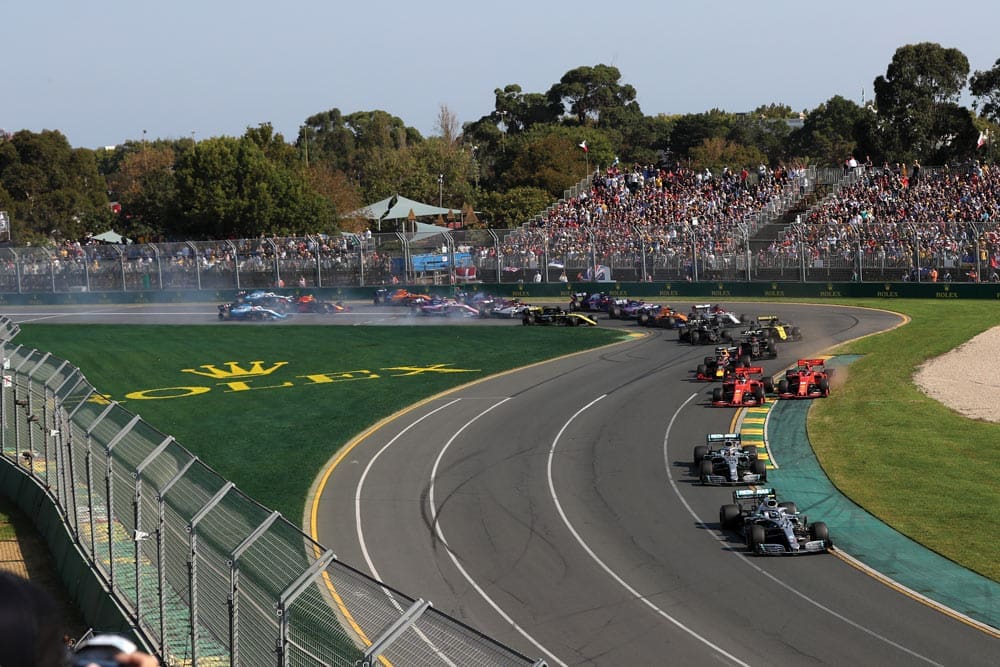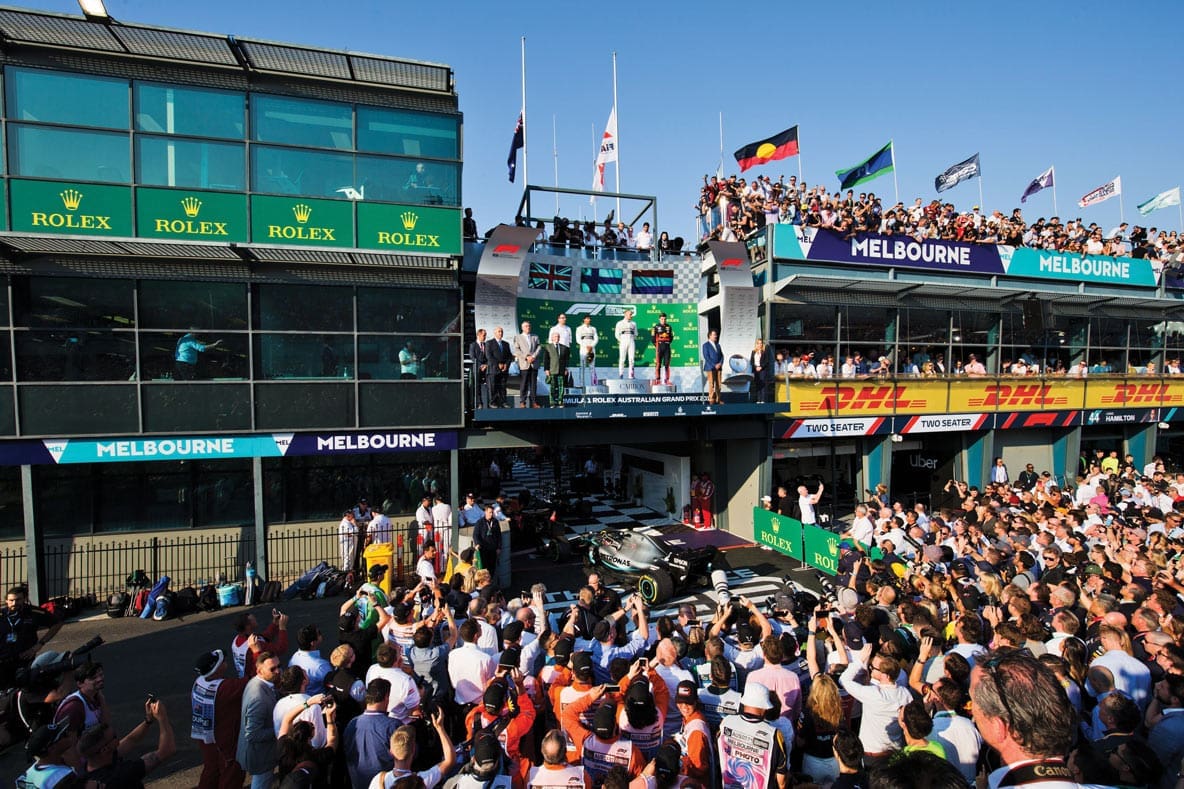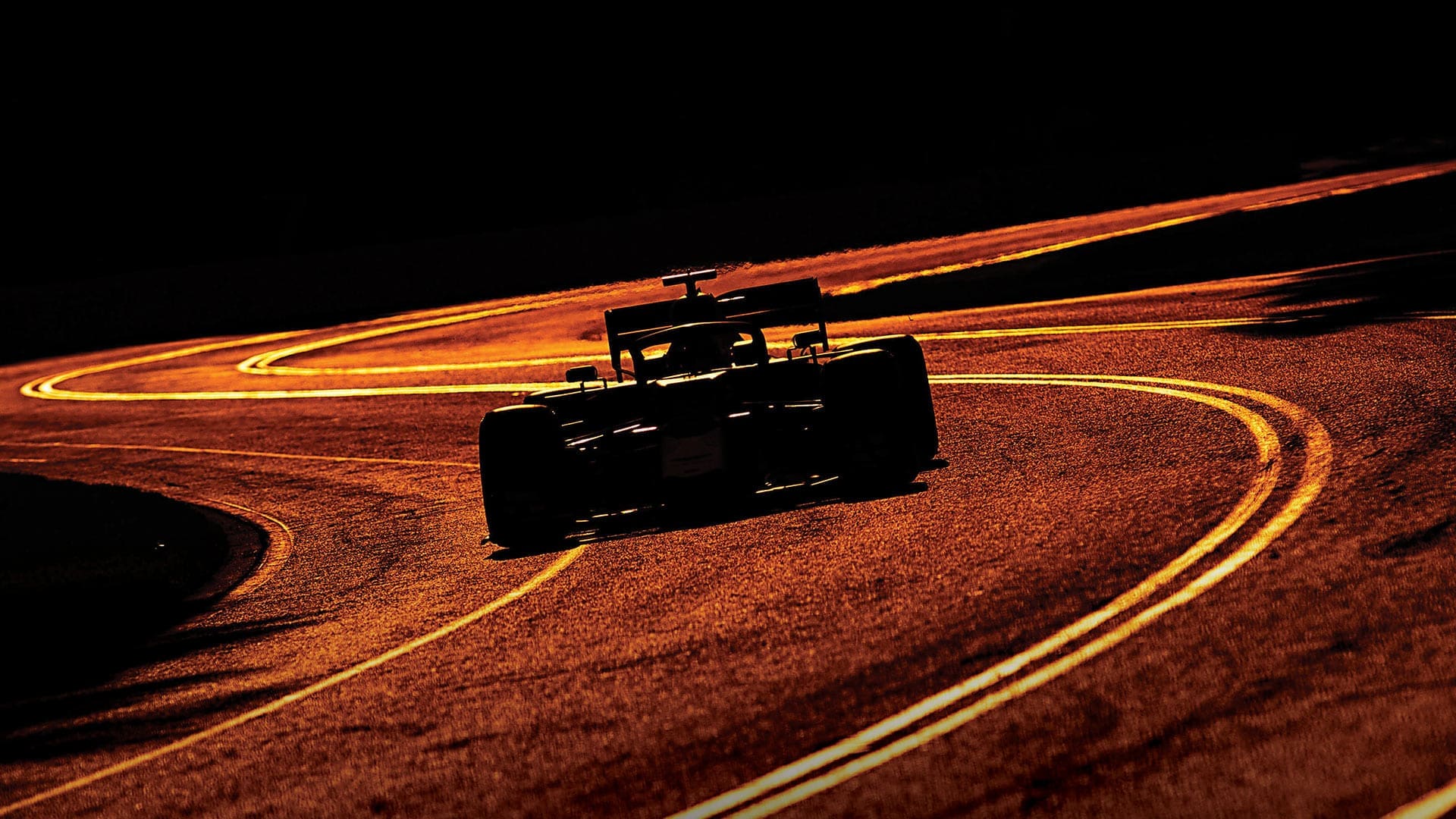Winning Formula
For the last two years, the month of March has been eerily quiet in the great racing city of Melbourne. Before the sporting world was figuratively thrown off its axis at the beginning of 2020, March was the month that the world’s most electric show on wheels kicks off its new season in the streets of the Victorian state capital, providing the locals with one final spectacle in the sunshine to cap another awesome Aussie summer of sport.
It was in 2020 that this event turned into a spectacle of a different kind, as the Melbourne Grand Prix became a microcosm of the chaos and uncertainty that was about to engulf the world. The event was eventually scrapped a matter of hours before ‘lights out’, due to escalating fears around the increasing presence of a virus that was quick to wreak havoc in just about every corner of the world.
Flash-forward two years later and while the Formula 1 World Championship has pushed through the many obstacles presented by the COVID-19 pandemic, one of the calendar’s most popular stops has been left behind. Largely due to border restrictions, Melbourne has been forced to wait in the pits while Formula One Championship has powered through two complicated seasons of action, the second of which proved to be one of the most exciting and controversial in recent memory. However (touch wood), the wait for F1 fans down under is finally set to end, as the beloved event is scheduled to return to Australian shores in 2022. While the Melbourne Grand Prix has typically been the curtain raiser on the Formula 1 season, the 2022 edition of the race will be take place at the slightly later date of April 10th (following free practice sessions and qualifying taking place on April 8th-9th), surrendering its spot as season opener and instead marking the third stop of the F1 calendar.

Regardless of where it was going to fall, anyone who has followed the sport in the last 12 months knows who all eyes will be on; Red Bull’s Max Verstappen or Mercedes’ Lewis Hamilton. Their neck-and-neck battle for the Driver’s Championship in 2021 proved to be one of the most dramatic, bitter, chaotic and, most of all, thrilling, in the history of the sport, drawing lofty comparisons to the iconic Ayrton Senna-Alain Prost wars of the early 90’s. In one of the wildest conclusions to any major sports event we may ever see, the two were incredibly deadlocked on points after 21 races, and the championship came down to an immensely controversial race which saw Verstappen overtake Hamilton on the very last lap of the season (but not before the FIA, the sports governing body, made a series of mid-race decision that are sure to be debated for a very, very long time), claiming the first championship of his career and knocking Hamilton off the top spot for the first time since 2016. Expect the rivalry to get only more intense in 2022.

Unlike the cars themselves (we’ll get to that in just a moment), the field of men occupying the beasts on the grid is surprising similar to the one we saw last year, with only one major change really worth noting. That change being that the partnership that has won Mercedes its last five Constructors titles has been split up, with veteran and longtime team ‘number two’ Valtteri Bottas being usurped from his seat in favour of one of the sports most promising young stars, George Russell. Much has already been made of the intrigue around the potentially complicated teammate dynamic between the 24-year-old upstart Russell, and now 37-year-old racing icon Lewis Hamilton, with many believing Russell has been brought as heir to Hamilton’s Mercedes throne. The “half-team oriented, half-individual oriented” nature of the sport often proves the source of fascinating storylines, dating back to the days of Senna and Prost at McLaren in the late ’80s, and if the youngster proves he is able to keep pace with the 7-time champion, things could get very interesting in the Mercedes garage, particularly with speculation already swirling around Hamilton’s potential impending retirement. Usurped driver Bottas will slot in at relative minnow Alfa Romeo, joining Chinese debutant Guanyu Zhou, who finds his way into the big leagues filling to the big shoes of the departed former world champion and F1 stalwart Kimi Räikkönen. Finally, former Red Bull upstart Alex Albon will return after a one-year absence to fill Russell’s departed seat at Williams.

While typically, in almost any sporting competition, you would start to your predictions for the new season by giving close examination to the results of the one prior, the conditions of the 2022 Formula 1 season might make this somewhat of a fool’s errand. This season will mark a new era of Formula 1 racing, one that was originally intended to have been introduced last year but was postponed to allow teams to adapt to all of the logistical changes brought on by COVID-19. The 2022 season will see a brand-new set of technical rules and regulations, in part designed to create a more level playing field between the 10 teams. The logistics of the changes centre around the aerodynamics of the cars, specifically the ‘dirty air’ that the current models emit which hampers the ability for trailing cars to overtake. The changes will see the return of ‘ground effect’, a technical feature adopted in the ’80s in which constructors utilised sliding skirts on the underside of the car, generating downforce by ‘sucking’ the cars down to the track, eliminating the drag that hampers the modern cars’ ability to swiftly overtake. The original system was scrapped in the early ’80s due to safety concerns, but 40 years later, the sports sharpest minds believe they have found a similar system that combines the frenetic and dynamic ‘raceability’ of cars of that era, with the smart, sensible approach to driver safety of the modern-day.

It’s no secret the decision was made with fan service in mind, an attempt to curtail one of the loudest and most frequent criticisms levied against the sport in the modern-day. That complaint often sounds something like, “why does any of it matter if the guy in the fastest car is going to win anyway?” While F1 aficionados and those involved in the sport would rightly point out that the sport is far more complex and nuanced than just an equation of ‘fastest car = championship’, it does bear noticing that the last eight Constructors Championships have been won by the same team (Mercedes AMG Petronas). A more competitive, unpredictable championship battle will likely go a long way towards the sport reaching its true potential in terms of public interest. This potential, it’s worth noting, might never have been higher than it is right now, due in large part to the massive success that has been Formula 1’s Netflix docuseries, Formula 1: Drive to Survive. While at times, the existence of the show has drawn the ire of the drivers themselves (who, probably correctly, have complained that on occasion their words are twisted for the purpose of making the TV show more dramatic), there’s no doubt that it has proven immensely popular and brought in an entire legion of new fans in the four seasons it has run for.
It feels like barely a month ago that the world was buzzing after the stunning finale to the 2021 season in Abu Dhabi. Yet here we are, a brand new season on the horizon, a new story to be written, and for the first time in three long years, Melbourne will once again have its own chapter. If the season to come is anything like the one in the rear-view mirror, whether you’re watching from the sizzling stands or kicked back on your couch, brace yourself for some wild racing, and some serious drama, from the Victorian capital on April 10th.
Have a look at more articles from the March/April 2022 Issue here
Top image by James Moy

